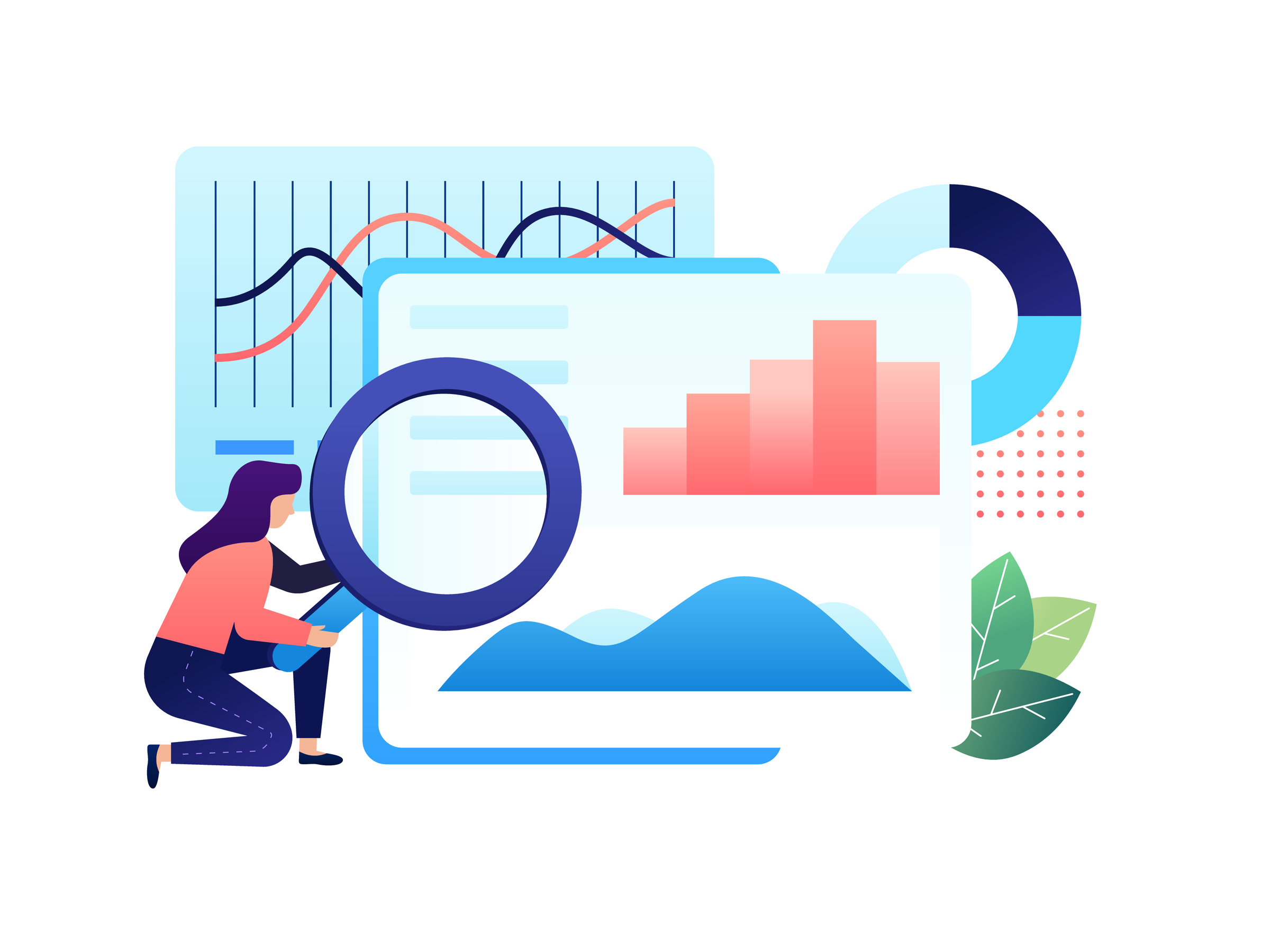Data is the key to success for businesses in today’s world. No matter what type of product you are building, or services you are offering, data is the key to increasing revenue while keeping costs at an optimum level. Data doesn’t convert to results or consumable information automatically– you need a Data Science team for that. Large companies have hundreds of members making up a Data Science team, and these typically constitute individuals from both the business and the tech groups. Let’s explore the demanding job roles in Data Science in this new blog.
We used our enterprise-grade Job-Feed solution, JobsPikr to find the most popular and demanding Data Science roles, and the results were not surprising. While Data Scientists were the most in Demand, the most common language in demand for Data Science Personnel seemed to be Python. There were other popular roles which we shall talk about along with the requirements that come alongside.
Job Roles in Data Science
Data Engineer
The work of the Data Science team revolves around data, and hence setting up the infrastructure in a manner that makes data easily available to all is a priority. This would mean low downtime, low latency, and easy access via APIs. This infrastructure is usually set up on a Cloud Service or even locally at times.
Based on the type of data one is working with, it is also likely to be governed by state or country-specific laws. Data Engineers are the ones who take into account all of this while building pipelines that transform raw data into clean and structured bits of information that can be used for analysis. This is one of the job roles in Data Science and is trending now.
They take care of architectural modules like servers, databases, security, parallel data processing, and more before the data can be finally pumped into a data warehouse from which different team members can access it. Access is usually governed by access control mechanisms to enable teams to use the data they need while ensuring data security.
Knowledge of different databases, data-pipelines along with SQL and cloud infrastructure is usually a must for Data Engineering personnel. They also should be able to test the scalability of the existing architecture and make modifications based on the requirements of the business team.
Data Scientist
Gathering, wrangling, cleaning, and analyzing large sets of data to understand which algorithms would work best on them is usually what a Data Scientist does. Based on the project he has undertaken, his work partially includes that of a Data Engineer and a Data Analyst. The role requires statistical knowledge along with coding, and mathematics. This is because their primary role is to analyze data models and develop newer ones that provide more accurate results.
The combination of maths and programming helps data scientists in getting a clearer picture of the dataset at hand and then deciding which code to run on it, to be able to spot trends and find hidden information.
While analyzing data would seem to be the major chunk, in reality, data cleaning and organizing take up most of the time of a data scientist. This is because a lot of data that is used today comes from unstructured sources like social media, eCommerce websites, media articles, and IoT data feed. This is one of the job roles in Data Science and is trending now.
Fig: A data scientists’ job, Source: Cleaning Big Data: Most Time-Consuming, Least Enjoyable Data Science Task, Survey Says (forbes.com)
Data Scientists also need to understand the business aspect of things– The problem statement at hand, and which question are they trying to answer using the data. Industry-specific contextual knowledge may also be required based on which niche project one is working on.
Along with the tech and business knowledge, a Data Scientist also needs to be able to communicate his findings. For this, data visualization is a cardinal skill, that comes in handy when conveying complicated findings in data to a wider audience, in a simple fashion.
Data Analyst
In larger Data Science teams, there are usually Data Analysts who help reduce the workload of Data Scientists and Data Engineers. They crawl through the data manually using Excel, as well as through code, to dive deep and spot anomalies and remove errors and duplicates. They also break down the data and extract only the data points that would be required for the problem statement.
The major part of the job here is to look at the data through all the means available and understand it.
Fig: Most popular Data Science Languages, Source: Top languages used | Kaggle
While Data Analysts started with Microsoft Excel in earlier days, knowing a programming language is a must today. Python, SQL, and R are the most common ones used by members of a Data Science team when they are analyzing the data.
A deeper analysis of the data early on can save a lot of time when iterating through possible algorithms and data models later on. This is why the initial observations of Data Analysts are vital for the outcome of a Data Science project. This is another job roles in Data Science that is trending now.
Applied Machine Learning Engineer
While Data Scientists develop new algorithms, Machine Learning Engineers are usually the ones who can best decide which one to use. Machine Learning Engineers traditionally code in Python or R and use readily available libraries like TensorFlow and Scikit-Learn to build data models using datasets.
A huge part of the job of ML engineers is to reiterate the process of training data and testing with new data. This is continued until a level of accuracy is achieved. After this, the models are deployed to run in real-time on actual data. However, the performance of these models would need to be checked at regular intervals and changes may need to be made from time to time.
The growth of Machine Learning since the early 2010s has been phenomenal and almost every field has seen the research papers and projects multiplying every single year.
Fig: Growth of Research Papers on use of Machine Learning for Climate Prediction, Source: (PDF) Deep Learning and Machine Learning in Hydrological Processes, Climate Change and Earth Systems: A Systematic Review (researchgate.net)
The most common requirement for Machine Learning Engineers would be– experienced in working with real-time data, or real-life projects. These projects could be ones that were undertaken in a previous job or even on websites like Kaggle.
There are no specific requirement-set for Machine Learning Engineers, but familiarity with the common algorithms, along with coding prowess, prior experience with prediction models or recommender systems, and data wrangling are usually a must for anyone trying to wear the shoes of this position.
Business Analyst
Business Analysts work as a bridge between the Data Science team and the Business team. They help the team to work towards solving the problem statement at hand without getting swayed by the data. They also have project-specific knowledge and can provide information such as which data points are high priority and which would make little difference in the project. Linking the discoveries of the Data Science team to business insights and presenting them to external stakeholders is also undertaken by business analysts.
Business Analysts are usually adept at Excel along with some visualization tools like PowerBI or Tableau. While they usually come with an MBA degree, a prior work experience would more than makeup for it. This is one of the job roles in Data Science and is trending now.
Statistician
A Data Science team can run algorithms on the dataset, build a predictive model, and come to a conclusion. They would deploy it on a live system and check the results. But who would verify the authenticity of the results? Who would be able to calculate the possible errors that may creep in, in the case of a different data source being added to the same stream?
This is where statisticians come into the picture. While Machine Learning sits on the application front, Statistics stands on the verification end. Making sure all the conclusions that were reached from the data are accurate, and the models created can stand the test of time are just some of the necessary validations that a Statistician must make.
Fig: Statistics and Machine Learning, Source: Statistics and Machine Learning compared – Python (pythonprogramminglanguage.com)
New approaches to look into the data, in case older ones fail can also be looked upon by them. They usually come with a Ph.D. or an MS degree but even here, experience is the key. For ones who have worked on multiple projects, the data would “talk to them” and problems would be spotted earlier rather than later.
Is that the Data Science Team?
While we did mention the top demanding job roles in Data Science, based on the study conducted by our team at JobsPikr, there are others who play their roles too– Software Developers who integrate the algorithm with a live website, domain experts who help the team in understanding the data, UI and UX developers who convert numbers to beautiful visualizations and Product Managers who run the team like a tight ship.
The different members come together like pieces of a puzzle to use enable a company to use data-backed decisions for all their processes and thus rely less on gut feelings.




